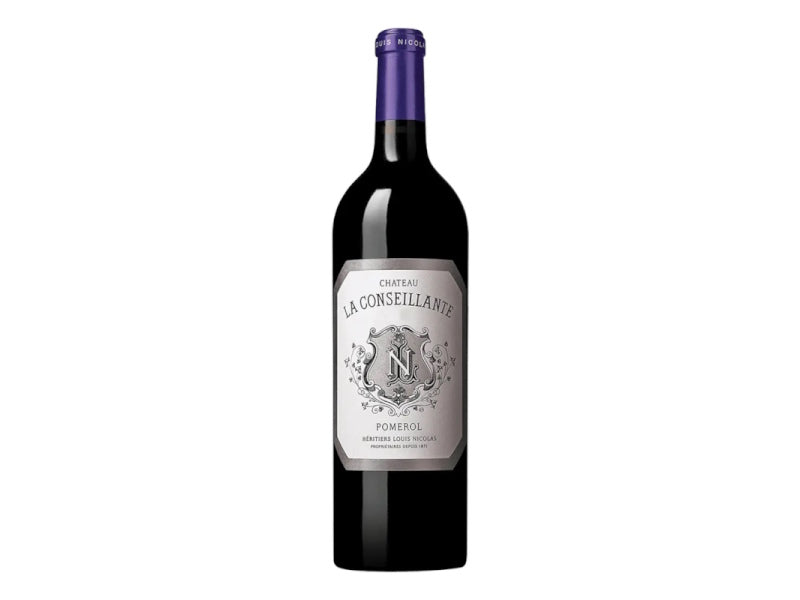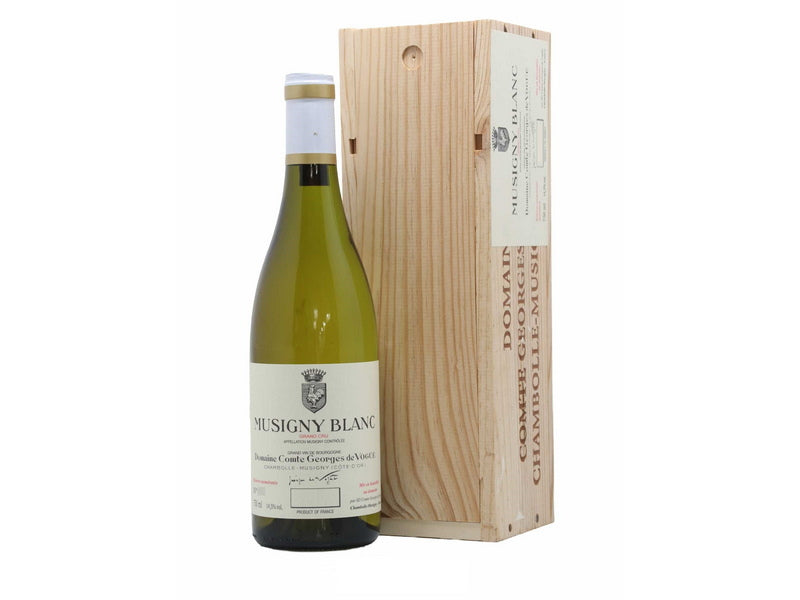
Pictures by: Shutterstock.com; Imagine.art
Text by: Gleb King
Some things are invented for high society – yachts, fast cars, penthouse rooms, jewelry – to mention just a few. But there are today’s luxuries that originate from low income – oysters, that used to be a fish for the poor, cashmere wool, originally being a rag cloth for Mongolian mavericks, truffles, food of the hungry rural european farmers, and… Bordeaux en primeur wine trading system. You see, the tradition of Bordeaux wine futures originated in the 18th century as a way for Bordeaux wine producers to finance their winemaking operations. At that time, Bordeaux châteaux, often strapped for cash, would sell their wines to merchants (or négociants) while still aging in barrels. Because the need for money overcame the demand for wines. This allowed winemakers to secure funds in advance and helped mitigate the high costs associated with winemaking, such as labor, materials, and storage. Today, of course, things have changed.
“En primeur Château Beychevelle 2018 was 150% cheaper than today”
By the 1960s, as the reputation of Bordeaux wines grew globally, the demand for these wines increased, particularly from the top estates. The négociants started using en primeur as a means to allocate limited wines to buyers before they were bottled. This gave consumers an early opportunity to buy highly sought-after vintages and helped merchants secure wines at prices that were generally lower than the post-bottling market value.
“Winemakers would sell their wines to merchants while still aging in barrels. Because the need for money overcame the demand for wines”
Today, Bordeaux en primeur sales are a globally recognized tradition, with a network of brokers, négociants, and buyers participating. The system provides early access to coveted wines, benefits producers with a cash flow during the aging process, and has become an investment tool, where buyers aim to benefit from price appreciation over time. Everyone can buy en-primeur wines and enjoy the thrill of being a part of this old game. Also, it’s very important to mention the price – for example, en primeur-acquired Château Beychevelle 2018 was about 50% less expensive than today.
How does it work?
1. Tasting
Each spring, in April and early May, Bordeaux châteaux host a tasting event for the latest vintage, inviting critics, journalists, merchants, and buyers. This tasting, often called the "En Primeur week," allows experts to assess the wine's potential quality even though it’s not yet bottled. Based on these tastings, critics publish preliminary scores and reviews of barrel tastings, which can influence the wine's demand and pricing. For example, here’s 2023 critics initial scores for some of the most iconic Bordeaux wines:
James Suckling
Canon – 99-100
Le Pin – 99-100
Margaux – 99-100
Pavie – 99-100
Montrose – 99-100
Pétrus – 99-100
Ausone – 98-99
Cheval Blanc – 98-99
Cos d’Estournel – 98-99
Haut-Brion – 98-99
Wine Advocate
Lafleur – 98-100
Cheval Blanc – 98-100
La Conseillante – 98-100
Montrose – 97-100
Pétrus – 97-99
Pichon Longueville Comtesse de Lalande – 97-99
Lafite Rothschild – 97-99
Les Carmes Haut-Brion – 97-99
Pontet-Canet – 96-98
Beau-Séjour Bécot – 96-98
Antonio Galloni
Palmer – 98-100
Margaux – 97-100
Mouton Rothschild – 96-99
Le Pin – 96-99
Cos d’Estournel – 96-98
Ausone – 96-98
Rauzan-Ségla – 96-98
Latour – 96-98
Giscours – 96-98
Pichon-Longueville Comtesse de Lalande – 95-98
2. Initial Pricing and Releases
In May châteaux start to announce prices for these wines. When setting prices, they take into account critics' assessments and the current market situation. After the tastings, each château sets a release price for its wine. First, the unclassified Bordeaux and Cru Bourgeois "come out" (announce prices), then the fifth crus classes, fourth, etc. The premiers grands crus classes announce prices the last. They usually wait, watching the campaign, so as not to sell cheap. For example, last year they "came out" only at the end of June.

Châteaux send their proposals (price and number of bottles allocated, otherwise known as allocation) to brokers-courtiers, courtiers to merchants, merchants to trusted importers, and importers to private clients in their own country. The best chateaux distribute their "output" of en primeurs into several tranches. Depending on the demand for wine in the first tranche, the price for the second is set. In any case, it will be higher, the question is by how much. The first tranche of the most sought-after chateaux can be sold out within a few hours.
3. Payment and Storage
Buyers pay upfront for the wine in the year following the vintage (e.g., they may buy the 2022 vintage in 2023), even though it will remain in the château’s cellars for up to two years to complete its aging process. Once the wine is bottled, typically 18-24 months later, it is shipped to the buyer. So, if you acquire the wine in 2025, it will come to your door in 2028!

What are the benefits?
1. Access to limited wines
Certain Bordeaux wines, particularly from prestigious châteaux, are highly allocated and may not be easily available after release. Buying en primeur ensures access to these limited and exclusive wines, especially in great vintages, where demand can be high.
2. Lower prices
En primeur prices are often (but not always) lower than the prices at which the wines are sold after bottling and release. If the vintage is strong, or if the wine's critical reviews improve over time, en primeur buyers may see significant value appreciation. For example, highly rated vintages from estates like Château Margaux or Château Lafite Rothschild often appreciate significantly once they reach the open market.
3. Opportunity for investment
Bordeaux wines, especially from top producers, have a long history of appreciation, making them attractive to investors. The en primeur market can be a good entry point to start or expand a wine portfolio, as wines bought early may increase in value by the time they’re available on the general market.
4. Custom storage options
En primeur buyers can often arrange for their purchased wine to be stored in optimal conditions from the château until it’s ready to be shipped, which ensures provenance and enhances the wine’s future resale value if stored in pristine conditions.
5. Connection with vintage
For many wine lovers, buying en primeur offers a unique connection with a specific vintage. Knowing you own wines from a historic year or a highly rated vintage can add enjoyment and a sense of exclusivity to the collection.

Why invest in wine futures?
1. Profit
First of all, it is profitable. In advance, even the greatest and most sought-after wines can be purchased at the lowest possible prices. In addition, you are insured against possible currency
fluctuations.
2. Safety
You are 100% protected from counterfeiting, since the wines in your collection come directly from the chateau cellar. En primeurs are safe.
3. Custom size
It is also possible to buy wines in magnums or other rarer formats. Prices for them are growing even faster than for standard-size bottles.
4. Involvement
The opportunity to touch the most important event for the world wine community. All advanced oenophiles play on the Bordeaux stock exchange every year. This is always an exciting, gambling process, an opportunity to create vivid memories with family and friends.
















